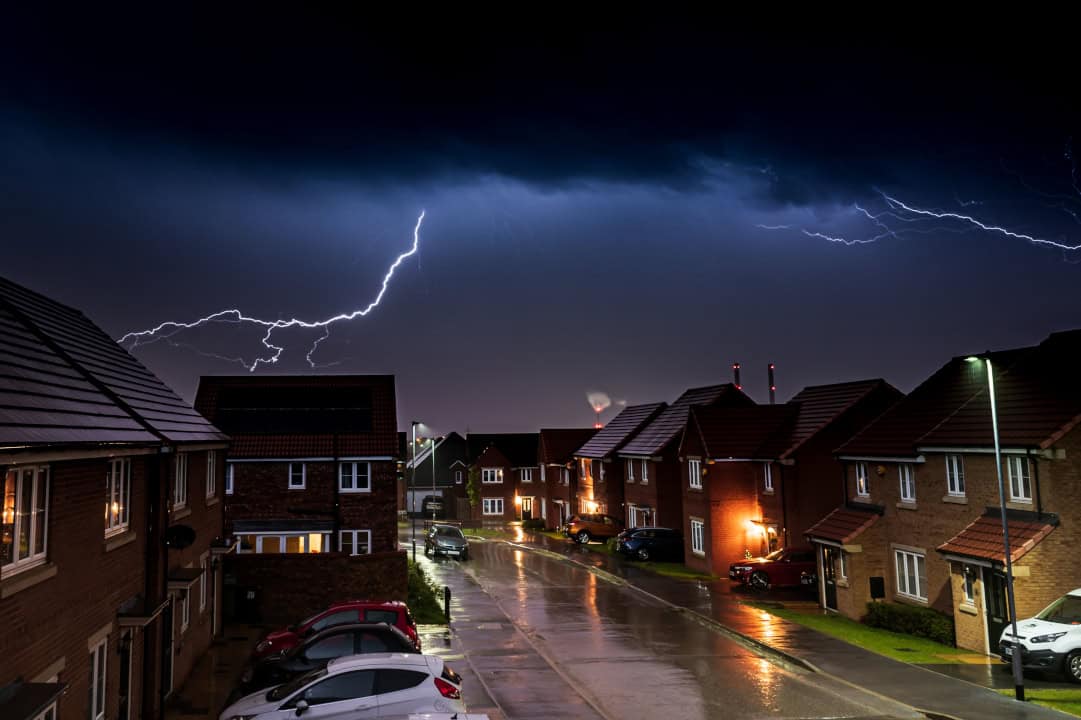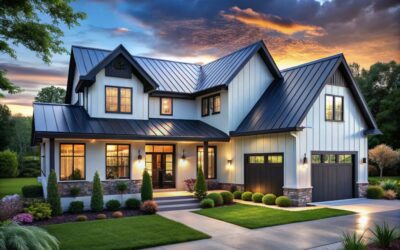The probability for a building to experience a lightning strike is influenced by a number of significant factors:
- Area Topography: The probability of a lightning strike is increased when the subject building is located on an elevated site such as a mountain or hilltop as lightning is drawn towards the highest object in a strike area.
- Height of the Building: A tall building, relative to other structures in the surrounding area is more likely to have a lightning strike than a building that is the same relative height as surrounding structures (buildings, trees, towers, etc.) The presence of a very tall structure in proximity to a small, short building will tend to reduce the likelihood of a strike to the small building.
- Size of the Building: While not necessarily the tallest structure in a strike area, those buildings covering a larger surface area provide a more accessible target for lightning strikes.
- Frequency/Severity of Thunderstorm Activity: Certain geographic areas are more prone to the development of storms that lead to lightning and lightning strikes.
Note that none of the significant factors above include the material used in construction of the roof. Metal roofs do not attract lightning strikes; nor do metal roofs protect a building against lightning. A metal roof is no more or less likely to get struck by lightning. Based on the factors listed above, the probabilities of a strike to a metal-roofed structure are no more or less than any other kind of structure, as these probabilities have to do with height and size of the structure and its surroundings rather than its construction materials.
SOURCE: Metal Construction Association






